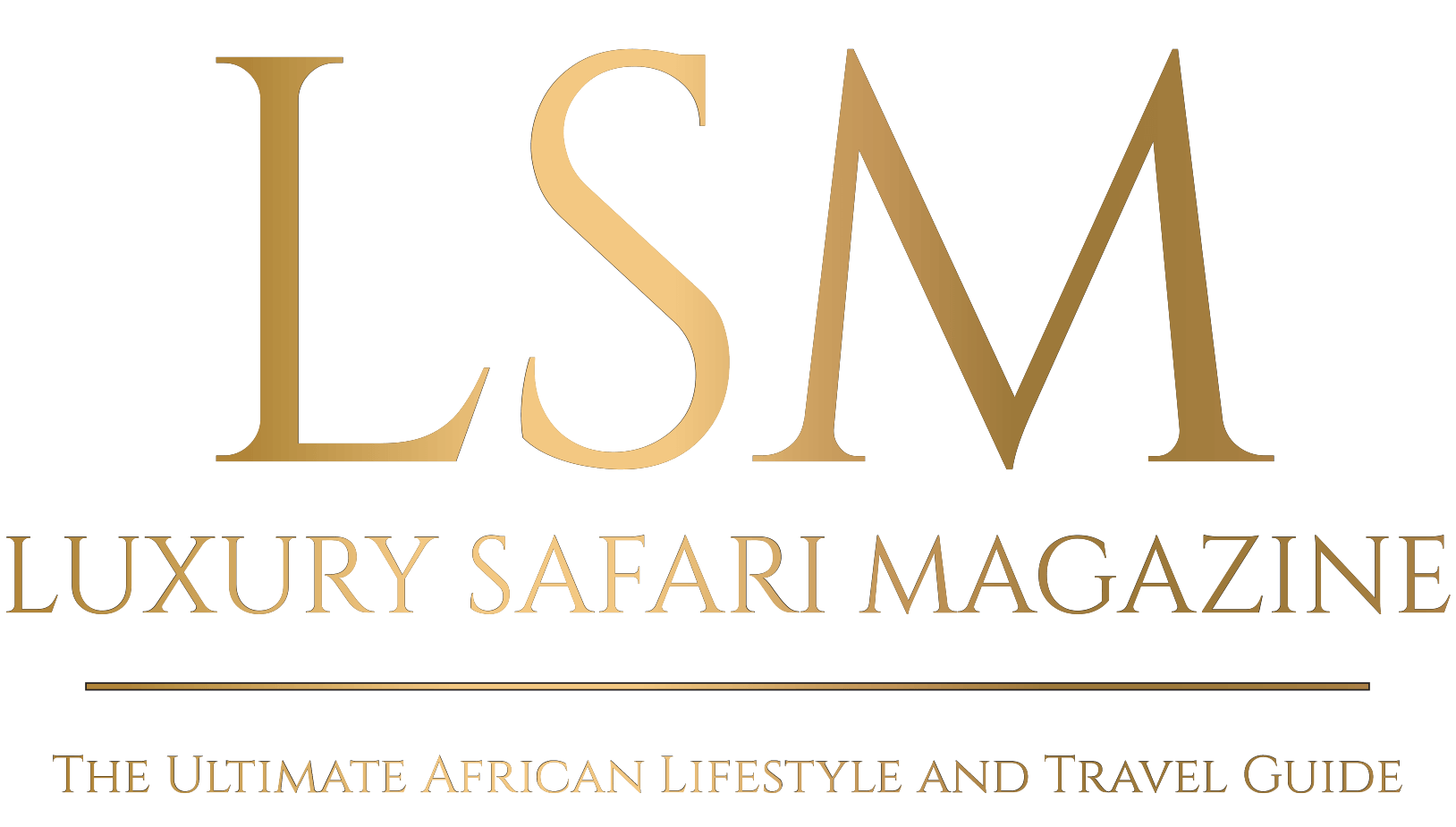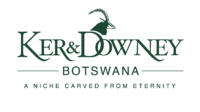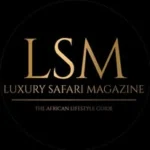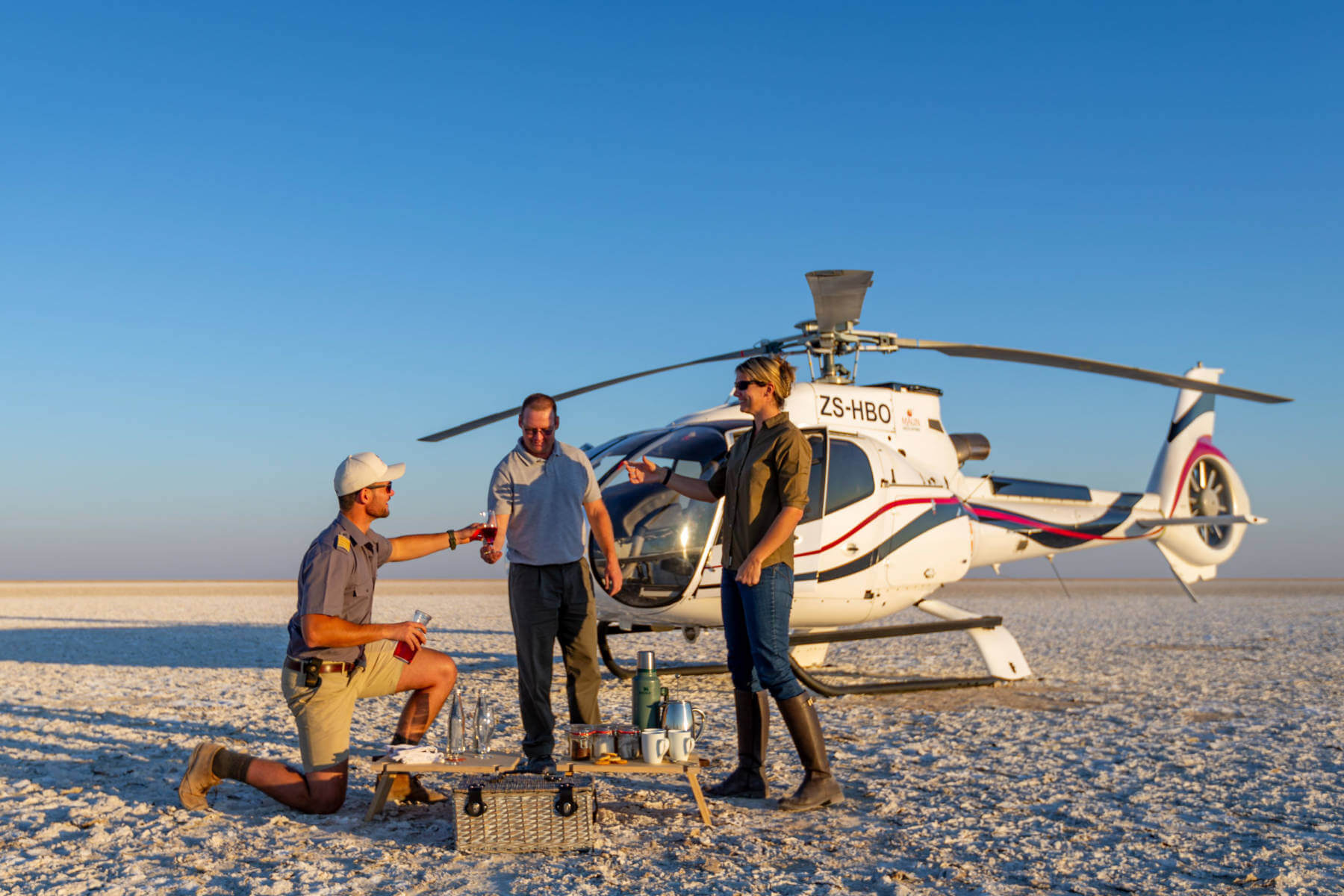May 16, 2022
Luxury Safari Magazine interviews Keith Rose-Innes of Blue Safaris
Blue Safari Seychelles are the stewards of four beautiful atolls in the Outer Islands. They boast approximately 320 coral species, four marine turtle species, 25 cetacean species, and over 450 coastal fish species as well as over 200 different species of birds. There are plenty of engaging activities, ranging from snorkelling and scuba diving to bird watching and fly fishing. Conservation is at the heart of their ethos, with many projects to replant trees, clean beaches, and protect the native wildlife.
What was the vision behind your company?
The vision has always been to preserve, protect as well as rehabilitate the amazing Outer Islands and Atolls of the Seychelles through sustainable use and educating guests on how unique and pristine they are. We stick to strict conservation ethics like building away from the water, so as not to affect the turtles, coral, and marine life. We implement responsible energy generation through 80%+ solar power and, recycle as much as possible. We have significantly reduced the amount of single-use plastic, and grow 80% of our fruit and vegetables, as well as implementing significant conservation and monitoring projects.
You have a number of conservation programs. How successful have they been, and will there be more to come?
Through the highly collaborative, stake-holder driven model of the Alphonse Foundation (please note, there is a different foundation for each island) there are several both long-term monitoring and short end-to-end projects happening at any one time, these include:
Long-term core projects:
– Turtle nesting monitoring- we have 132 nesting female Green Turtles and 76 Hawksbill Turtles, and this doesn’t include the immature and male turtles. Therefore, the turtle population around Alphonse is considerably larger. Both species are critically endangered and we take considerable ‘turtle-friendly’ actions to mitigate any disturbance to nesting females from low-frequency lighting, black-out curtains in all beach facing windows to staff education and guest awareness.
– Seabird and migratory bird monitoring
– Coral Reef health monitoring
– Mapping the spatial ecology and behavioural responses of two key catch and release fly-fishing species (Giant Trevally and Milkfish) using acoustic telemetry. The aim is to look at the sustainability of the fishery over time and develop effective conservation management for the species. This is project is in collaboration with Danylchuk Labs at the University of Massachusetts Amherst and the Islands Conservation Society (ICS- same as all our projects)
– Micro-chipping all Giant Trevallies caught, to monitor catch rates and population size
– Seychelles Manta Ray Project- research and monitoring into the movement patterns and spatial ecology of the resident aggregations of Reef Manta Rays around the outer islands. This is in collaboration with the Manta Trust
– Vegetation restoration
– Active conservation of the Alphonse Wedgetail Shearwater colony
– Beach clean-ups and monitoring the amount of debris over time
– FAD removals and FADWatch
Recent end-to-end projects:
– Conducting a rapid assessment of fish biodiversity in the shallow water habitats of the Alphonse Group- in collaboration with MCSS and SeyCCAT
– Looking at post-release behaviour and depredation events on Bonefish
– Mapping and assessing carbon content of seagrass, as part of a large University of Oxford project, incorporating blue carbon into the Seychelles’ NDC
The islands are extremely diverse in fauna and flora. What can one expect to see at Blue Safari Seychelles?
Where to start! The marine and coastal biodiversity is the main draw to these remote atolls, and the coral reefs are some of the healthiest on the planet. They have never been heavily fished and are located far away from most sources of anthropogenic pressure. They swarm with a myriad of colourful reef fish. Huge Potato Groupers, Giant Sweetlips and Bumphead Parrotfish can be consistently seen at many of the outer and lagoonal reefs, whilst schools of Bluefin and Giant Trevally patrol their territories, engaging in rare co-operative hunting behaviour with other predatory reef fish species (an indicator of a healthy ecosystem). St Francois atoll has stands of red mangroves which provide key nursery grounds for Lemon Sharks, and several different species of Stingray, which are numerous and always a joy to watch as they make their way across the white sandy bays.
The birdlife is also a huge draw to these remote atolls, Cosmoledo has the largest nesting colonies in the Indian Ocean of Red-footed Boobies, Masked Boobies, Sooty Terns, and the last remaining nesting colonies in the Seychelles of Greater Frigatebirds and Brown Boobies. Alphonse and St Francois also host huge roosts of many seabirds, which are present all year round, as well as nesting colonies of Fairy Terns, Black-naped Terns, Wedgetail Shearwaters, and Red-footed Boobies. St Francois is a certified IBA (Important Bird Area) due to globally significant aggregations of many bird species, one of which is the largest single flock of Crab Plovers, recorded anywhere outside of their breeding colonies in the Arabian Peninsula. One of the most beautiful birds to see in the outer islands are the white-tailed and red-tailed Tropicbirds, their long tail feathers and distinctive calls being so iconic of the Seychelles.
What strategies do you use to keep the islands as pristine as they were when you started out?
The islands are even healthier than when we first started!
We have numerous sustainability pledges and actions throughout the hotel from using only environmentally friendly cleaning products, from wall-mounted dispensers to reducing plastic consumption to biodegradable cling-wrap and a large solar farm-these are just a small number of initiatives of what we do behind the scenes to minimise our environmental impact. From an ecological perspective, the island is almost unrecognisable looking back at photos from 15 years ago, as a historic copra plantation. Alphonse had very low plant diversity and was quite bare. We have replanted large areas of the island and have an active vegetation restoration nursery, where we propagate native species. Giant Tortoises also roam freely on Alphonse after a rescue effort made in 2016, doubling the existing tortoise population with 15 individuals rescued from poor conditions in the inner islands and given sanctuary on Alphonse; the population is now more than 100 with lots of juveniles.
There are countless activities on the atolls. Which one is most popular, and which one would you say is most underrated?
The most popular is the catch and release fly fishing as the Seychelles is known as the best and most pristine in the world. The most underrated is the nature walks where you get to experience turtles, rays, sharks, eels, fish, and much more in ankle-deep water with an expert ecologist.
Where do you want to take the company in the future?
We would like to be known as a recognisable eco-tourism company that leads by example by being true custodians of these remote locations, and bridging the gap between conservation and experiential travel, to create a unique, positive, and unforgettable experience.
What is your target market, and do you plan on expanding it?
Our target market is activity-driven guests that would like to enjoy an unspoiled Eden, learn about its uniqueness as a family, couple, or as an individual, and by doing so protect the marine and terrestrial environment.
What is your biggest achievement to date?
Assisting in the motivation to create marine protected areas in the Seychelles through sustainable and protective use. This is the practice we have implemented at all our destinations. Each atoll has a Foundation that manages the fundraising and conservation. Every guest that visits any of our destinations pays $30 pp per day, of which every cent goes towards the conservation centre and activities of the respective islands. In addition to the daily guest donation, Blue Safari fundraises, donates 0,5% of turnover, and donates in kind to the foundations to ensure there are numerous conservation projects taking place at any one time.
Is there anything else you would like to add or want people to know?
Many of the destinations we are involved in have experienced rejuvenation through the conservation projects implemented, through fundraising by sustainable use. Visit any one of our destinations and you will understand why they need to be protected. The outer atolls of the Seychelles are responsibly managed, there are no water villas, the seagrass beds are intact, the marine and terrestrial environment is protected and healthy, and it’s all evident as soon as you arrive.
Interview by Jodie Ramackers for Luxury Safari Magazine







